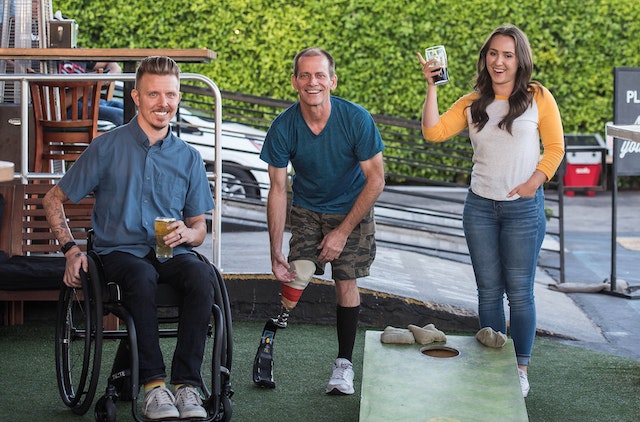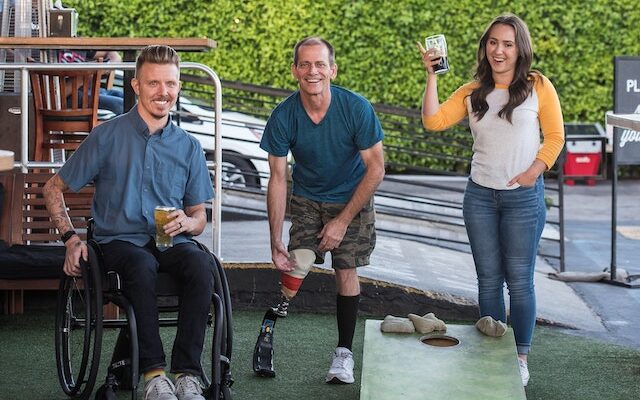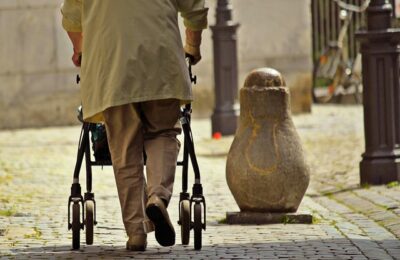Living with a disability can be a challenging experience, but with the help of disability aids, people with disabilities can lead more independent and fulfilling life. From mobility aids such as wheelchairs and crutches to daily living aids such as grab bars and bath benches, disability aids are designed to make life easier and more manageable for people with disabilities. In this article, we’ll take a closer look at some of the most common types of disability aids, and how they can improve the quality of life for people with disabilities.

Mobility Aids
Mobility aids are designed to help people with disabilities get around and be more independent. Some common mobility aids include:
- Wheelchairs: Wheelchairs come in many different styles, including manual and power wheelchairs, and can be customized to meet the needs of the user.
- Walkers: Walkers are designed to help people with balance and stability issues, and can be fitted with wheels for added mobility.
- Crutches: Crutches are used to help people with mobility issues walk, and can be adjusted to the height of the user for added comfort.
- Scooters: Scooters are electric mobility devices that allow people with disabilities to get around with ease and independence.
Daily Living Aids
Daily living aids are designed to help people with disabilities with their daily activities and routines. Some common daily living aids include:
- Grab bars: Grab bars are designed to help people with disabilities get in and out of the bathtub, shower, or toilet, and can be installed in the bathroom for added safety and stability.
- Bath benches: Bath benches are designed to provide added support and comfort when getting in and out of the bathtub, and can be adjustable to the height of the user.
- Raised toilet seats: Raised toilet seats are designed to make it easier for people with disabilities to sit down and stand up from the toilet, and can be adjusted to the height of the user.
- Shower chairs: Shower chairs are designed to provide added stability and support when showering, and can be adjusted to the height of the user.
Assistive Technology
Assistive technology is designed to help people with disabilities with a variety of tasks and activities, including communication, mobility, and daily living. Some common assistive technology devices include:
- Voice-activated devices: Voice-activated devices are designed to help people with disabilities control their environment and perform tasks hands-free.
- Electronic aids: Electronic aids, such as electronic door openers, can be controlled by voice or by a remote, making it easier for people with disabilities to perform daily tasks and activities.
- Adaptive computer technology: Adaptive computer technology, such as specialized keyboard and mouse devices, can make it easier for people with disabilities to use computers and other digital devices.
- Hearing aids: Hearing aids are designed to help people with hearing loss and come in many different styles and models to meet the needs of the user.
Conclusion
Disability aids are designed to make life easier and more manageable for people with disabilities, and with the right aids, people with disabilities can lead more independent and fulfilling life. Whether it’s mobility aids, daily living aids, or assistive technology, disability aids can help people with disabilities with a variety of tasks and activities and can improve their quality of life in countless ways. So if you or someone you know is living with a disability, consider exploring the many different types of disability aids available, and find the ones that are right for you.














